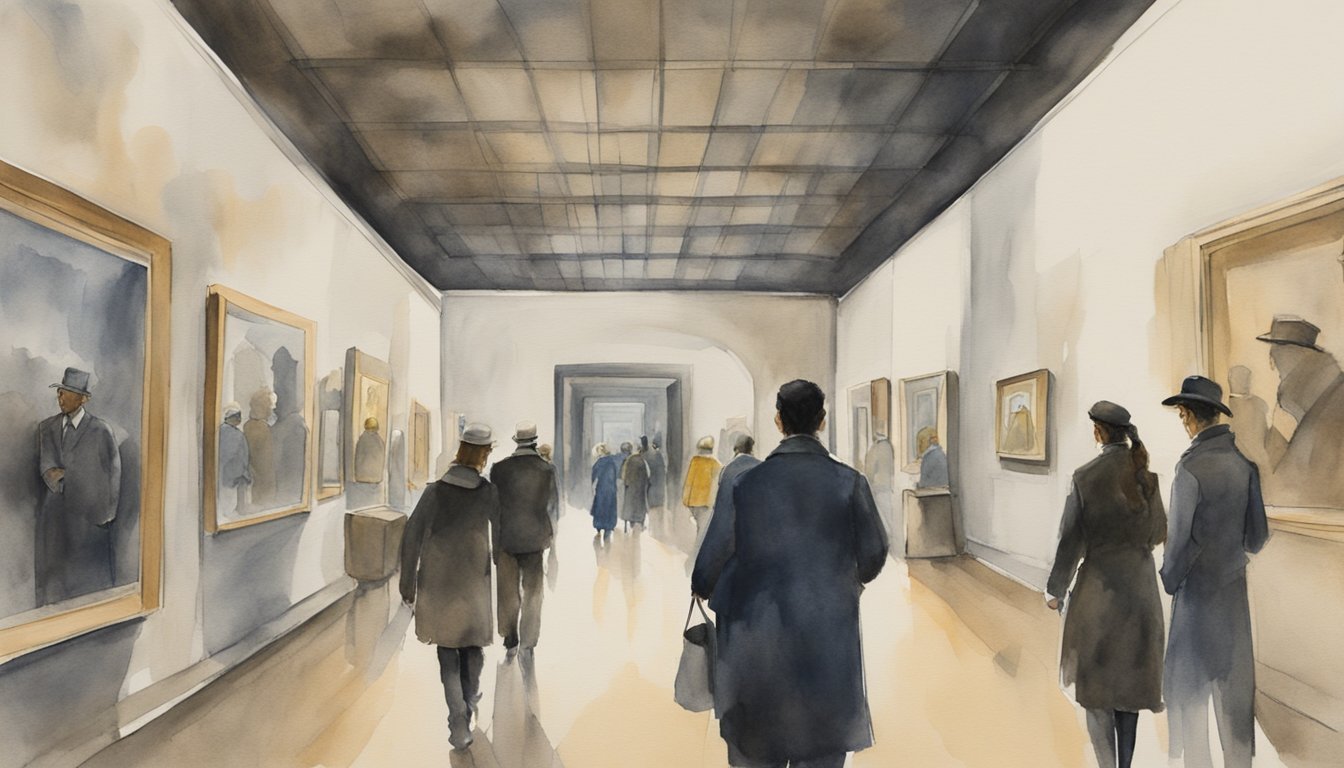About The Holocaust Museum Cincinnati

Historical Significance
The Holocaust Museum in Cincinnati, also known as the Nancy & David Wolf Holocaust & Humanity Center, is located inside the Union Terminal. This unique museum focuses on preserving the memories of the Holocaust victims and educating the community about the darkest chapters in human history, such as the atrocities committed at Auschwitz.
Mission and Vision
The primary mission of the Holocaust Museum in Cincinnati is to ensure that the lessons of the Holocaust are learned and shared throughout their community and beyond. By doing so, they aim to inspire every visitor to become an ‘upstander,’ someone who takes meaningful action against injustice, racism, and intolerance. Education is a pivotal aspect of their mission, and they offer various programs, exhibits, and events, fostering a spirit of humanity and justice in every visitor. Through thought-provoking displays and personal testimonies, the museum fosters a deep understanding of historical and contemporary issues related to prejudice and human rights. Visitors can also draw connections between global histories, such as the Holocaust and other significant cultural explorations, including Petra ancient city exploration, to recognize the importance of preserving history and learning from the past. By encouraging dialogue and reflection, the museum helps build a more informed and compassionate society.
Leadership and Governance
The leadership team at the Holocaust & Humanity Center (HHC) is helmed by their CEO and experienced museum leader, Elizabeth Pierce. She oversees the strategic direction of the organization, ensuring the HHC remains true to its mission and vision. The HHC’s governance structure also includes a dedicated board of directors who bring a diverse range of expertise and perspectives to effectively navigate the organization towards fulfilling its goals.
In conclusion, the Holocaust Museum in Cincinnati plays an essential role in preserving the memories of Holocaust victims while educating and cultivating a sense of humanity and justice in its visitors. With its dedicated leadership and strong community ties, the museum continues to impact the lives of countless people by sharing the vital lessons of the Holocaust.
Exhibits and Programs

Permanent and Temporary Exhibitions
The Holocaust museum in Cincinnati, also known as the Nancy & David Wolf Holocaust & Humanity Center, showcases a range of exhibits, both permanent and temporary. Permanent exhibitions focus on themes such as courage, character strengths, and justice, and provide interactive experiences that help visitors engage with the stories of Holocaust survivors. The museum also features special traveling exhibitions that use innovative storytelling techniques and technology to depict the human spirit.
Some highlights of the permanent exhibit include the Humanity Gallery, which features genuine artifacts from local Holocaust survivors, and the Upstanders gallery, which encourages visitors to recognize and celebrate individuals who stood up for justice during the Holocaust.
Educational Outreach and Events
The Holocaust museum places a strong emphasis on education. To achieve this, the museum offers numerous programs for schools and community members. The museum partners with organizations such as the Anti-Defamation League (ADL) to provide lessons about the Holocaust, anti-Semitism, and the treatment of Jewish people. Through these partnerships, students and community members can engage with speakers and Holocaust survivors to better understand the events of the past.
Special Programs and Collaborations
The museum also engages in special programs and collaborations with local organizations like the National Underground Railroad Freedom Center and the Cincinnati Museum Center, located at Union Terminal. Programs such as the Upstander Award further emphasize the importance of taking a stand against injustice. Through these collaborations, the museum not only seeks to educate the public about the Holocaust but also aims to inspire a sense of responsibility to prevent the recurrence of similar events in the future. By offering interactive exhibitions and using advanced technology to share the stories of Holocaust survivors, the museum ensures that their experiences are preserved for future generations.

